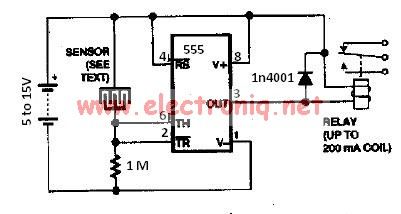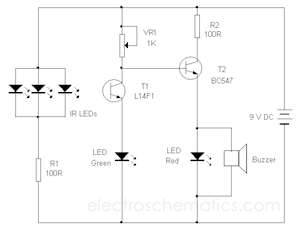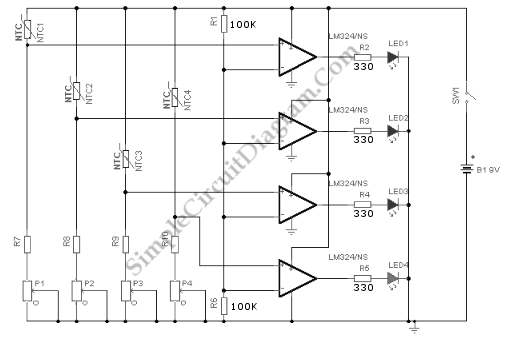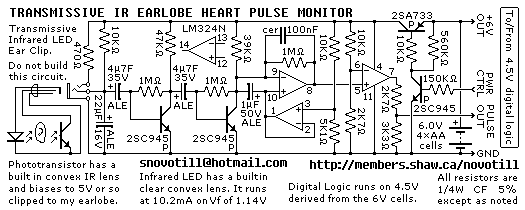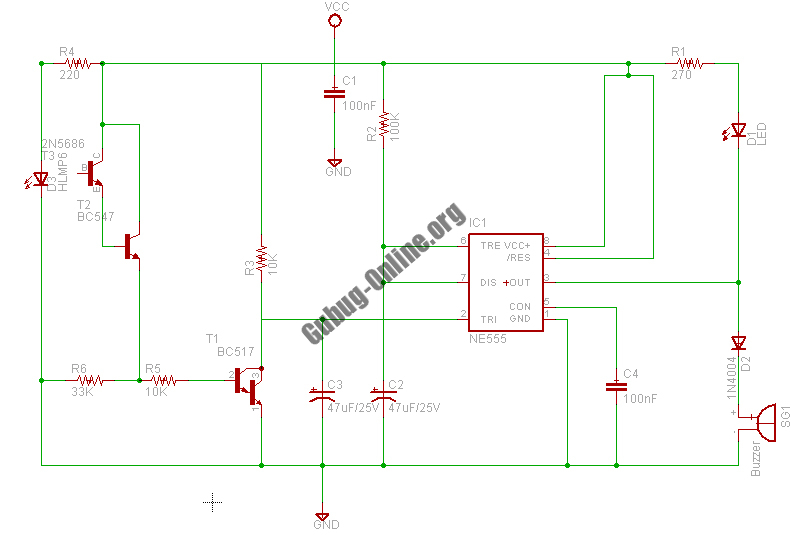
infrared proximity sensor
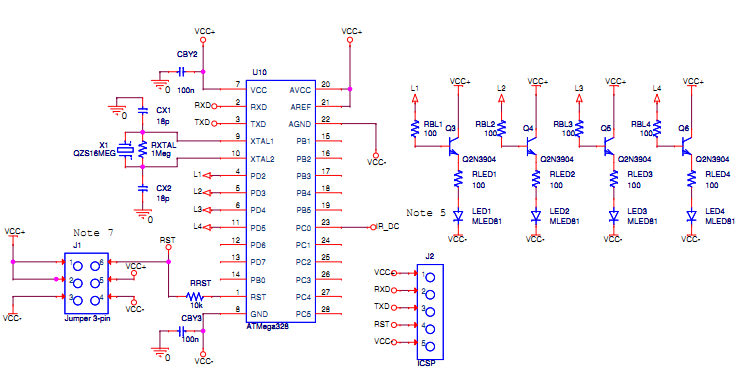
In a class project, each student was required to select one of three technology platforms to design, simulate, prototype, and build, including PCB layout and ordering, all within a ten-week timeframe. The available platforms were: H-bridge Motor Controller, Infrared Proximity Sensor, and Tilt-Sensor.
The H-bridge motor controller is a circuit configuration that allows for the control of a DC motor's direction and speed. It typically consists of four switches arranged in an H-pattern, enabling the motor to be driven in both forward and reverse directions. The control signals can be generated using a microcontroller that interfaces with the H-bridge. PWM (Pulse Width Modulation) can be employed to regulate the speed of the motor by varying the duty cycle of the control signals.
The infrared proximity sensor utilizes infrared light to detect the presence of nearby objects. This sensor typically includes an IR LED that emits light and a photodetector that receives the reflected light. When an object comes within a certain range, a change in the amount of reflected light is detected, triggering an output signal. This output can be used to activate other devices or systems, making it suitable for applications such as obstacle detection in robotics.
The tilt sensor is a device that detects orientation or inclination. It often operates using a pendulum or a ball that moves within a housing when tilted. This movement can be translated into an electrical signal, indicating the angle of tilt. Tilt sensors are commonly used in applications such as leveling systems, mobile devices, and gaming controllers.
Each of these platforms presents unique challenges and learning opportunities in the areas of circuit design, component selection, and system integration, allowing students to gain hands-on experience in electronic engineering principles.For one of my classes each student had to pick one of three technology platforms to design, simulate, prototype and then build (PCB layout, ordering, etc) all within ten weeks. The platforms were: H-bridge Motor Controller, Infrared Proximity Sensor and Tilt-Sensor.. 🔗 External reference
The H-bridge motor controller is a circuit configuration that allows for the control of a DC motor's direction and speed. It typically consists of four switches arranged in an H-pattern, enabling the motor to be driven in both forward and reverse directions. The control signals can be generated using a microcontroller that interfaces with the H-bridge. PWM (Pulse Width Modulation) can be employed to regulate the speed of the motor by varying the duty cycle of the control signals.
The infrared proximity sensor utilizes infrared light to detect the presence of nearby objects. This sensor typically includes an IR LED that emits light and a photodetector that receives the reflected light. When an object comes within a certain range, a change in the amount of reflected light is detected, triggering an output signal. This output can be used to activate other devices or systems, making it suitable for applications such as obstacle detection in robotics.
The tilt sensor is a device that detects orientation or inclination. It often operates using a pendulum or a ball that moves within a housing when tilted. This movement can be translated into an electrical signal, indicating the angle of tilt. Tilt sensors are commonly used in applications such as leveling systems, mobile devices, and gaming controllers.
Each of these platforms presents unique challenges and learning opportunities in the areas of circuit design, component selection, and system integration, allowing students to gain hands-on experience in electronic engineering principles.For one of my classes each student had to pick one of three technology platforms to design, simulate, prototype and then build (PCB layout, ordering, etc) all within ten weeks. The platforms were: H-bridge Motor Controller, Infrared Proximity Sensor and Tilt-Sensor.. 🔗 External reference
Warning: include(partials/cookie-banner.php): Failed to open stream: Permission denied in /var/www/html/nextgr/view-circuit.php on line 713
Warning: include(): Failed opening 'partials/cookie-banner.php' for inclusion (include_path='.:/usr/share/php') in /var/www/html/nextgr/view-circuit.php on line 713
